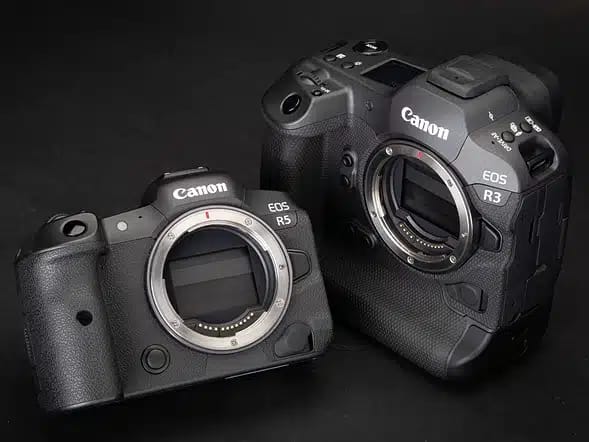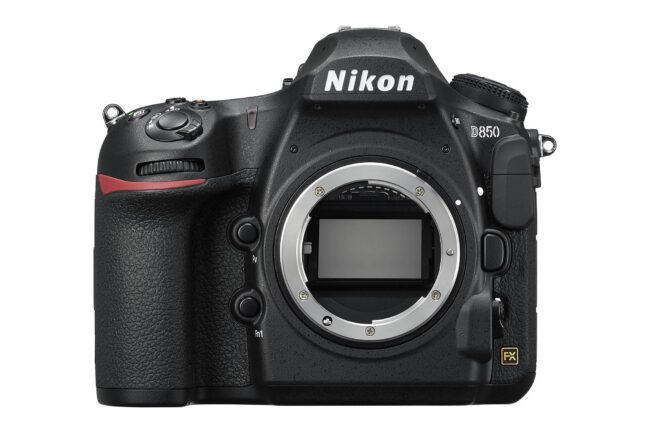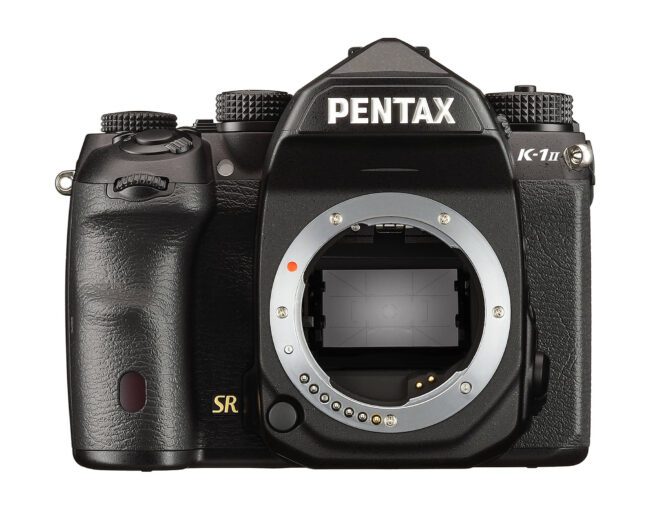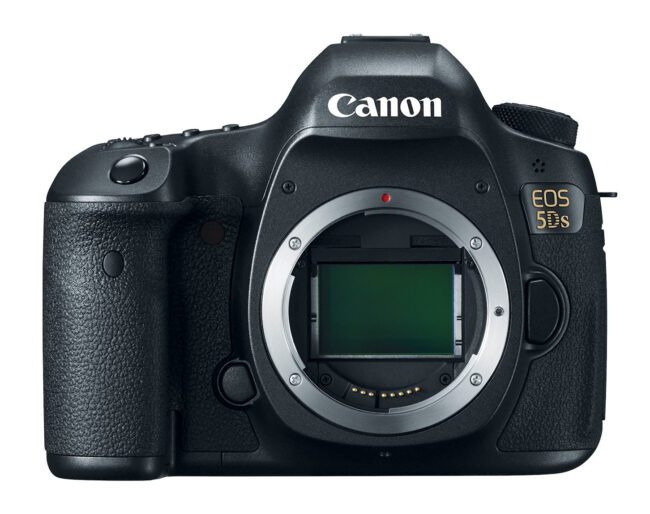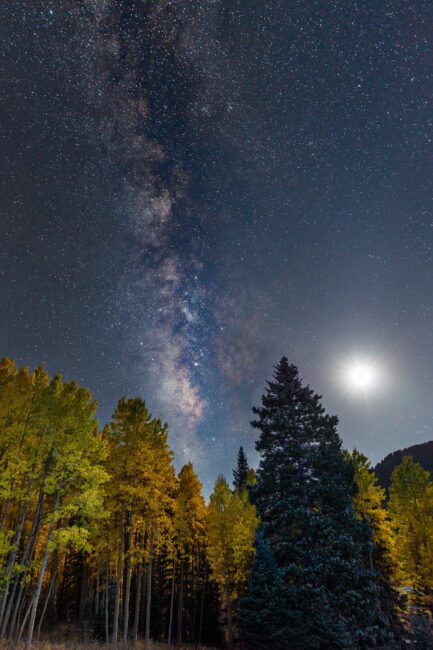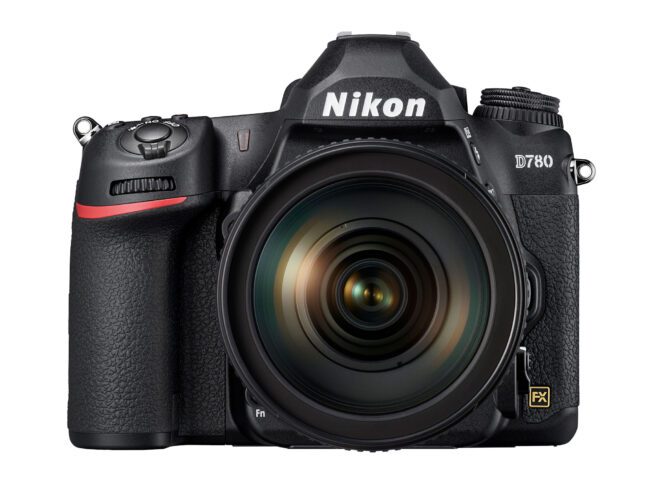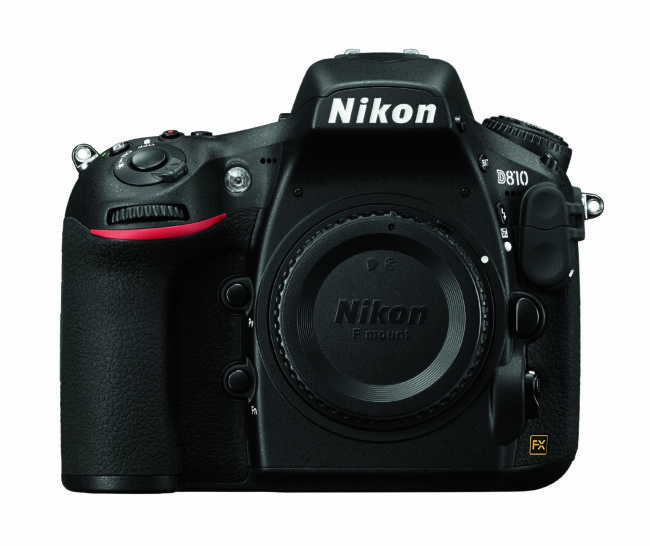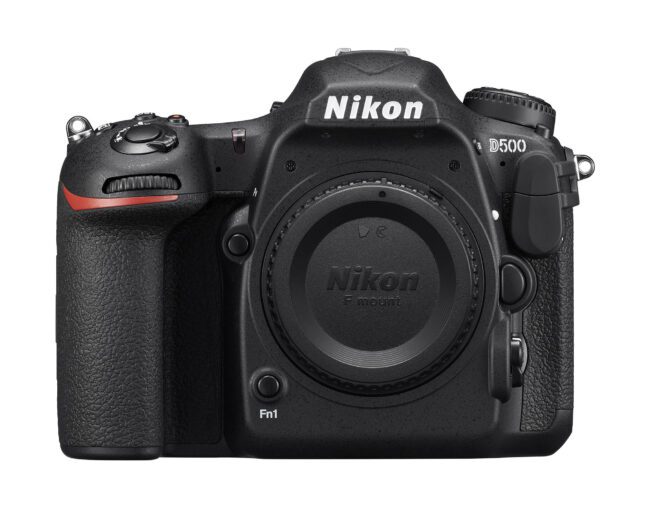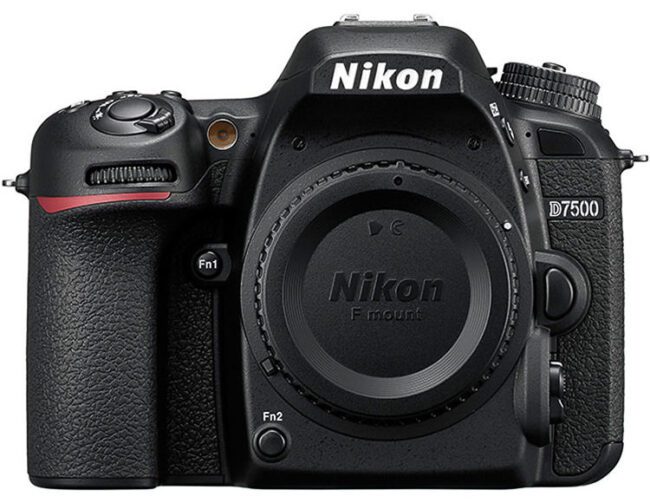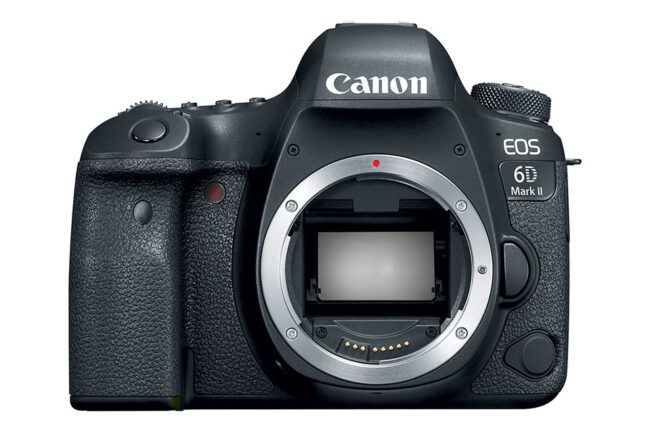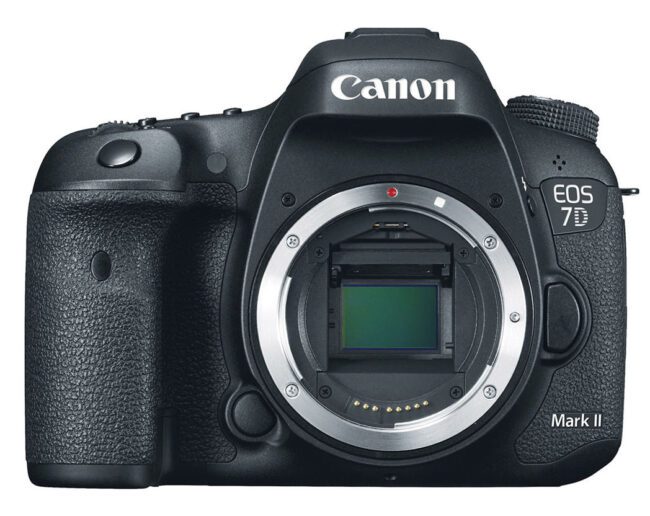Due to the vast number of different DSLR cameras, it might be tough to pick the model that fits your budget and has all the features you need. Even though most camera companies are now pouring their efforts into mirrorless cameras, DSLRs are proven workhorses and still remain great tools even in 2023. (To see why, I recommend reading my mirrorless vs DSLR cameras article.) If you are trying to find the perfect camera for your needs, the list below will inform you of the best DLSRs available today. We have a separate list for the best mirrorless cameras if that’s your preference 🙂
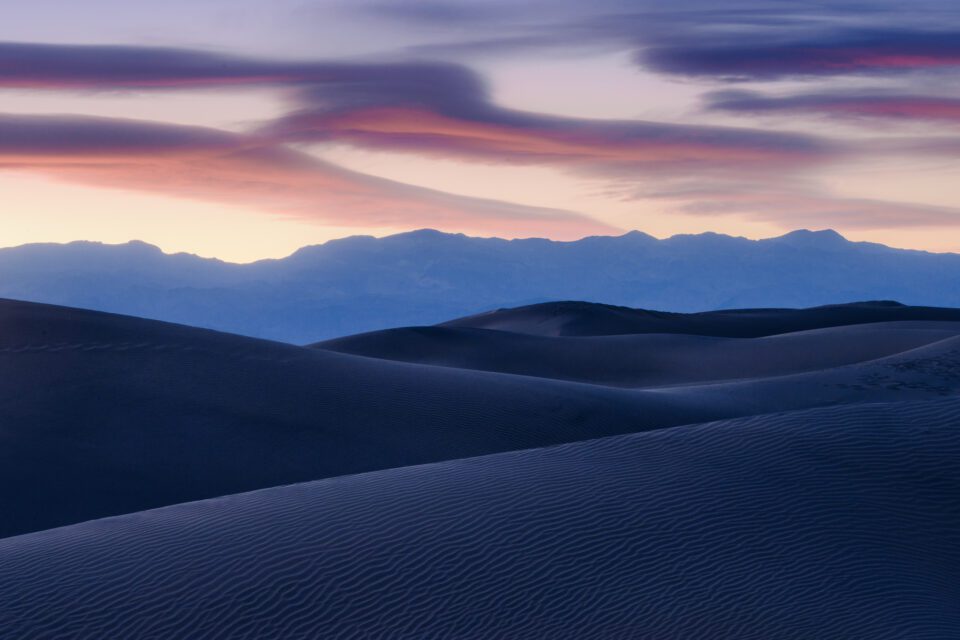
Keep in mind that the list below is, by its very nature, subjective. There is no “best” camera, just the best one for your needs and situation. I’ve also ignored price while ranking these cameras, so that you can see how they stack up on an even playing field, and then pick the best one that fits your budget. One of the best things about newer, mirrorless cameras is that they’ve pushed the used prices of DSLRs to extremely low levels, so you should be able to find some excellent deals on the used market! The same applies to DSLR lenses.
So, without further ado, here are my top 11 picks for the best DSLRs in 2023, having tested all of these cameras myself.
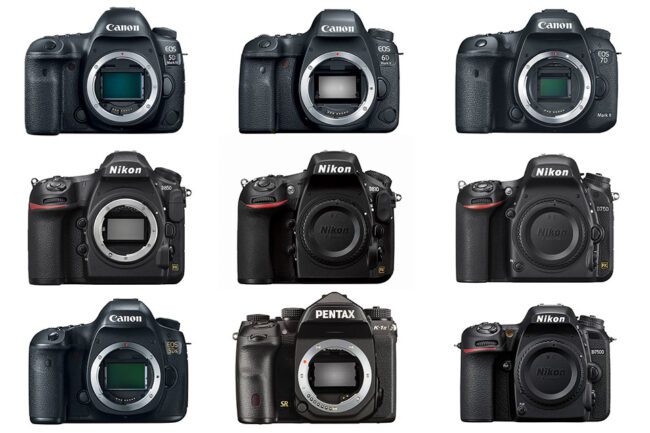
1. Nikon D850
The DSLR camera that takes the #1 spot on my list is the Nikon D850 and for a good reason – it is arguably the most refined and technologically advanced DSLR that any camera company has ever made.
Thanks to its 45.7 MP full-frame BSI CMOS sensor, capable of capturing extreme detail and superb dynamic range, the Nikon D850 is a dream camera for landscape, architecture and studio photography. Coupled with a high-end autofocus system, good low-light autofocus, 7 FPS continuous shooting speed (extendable to 9 fps with the MB-D18 battery grip), and great high-ISO performance, it’s also an excellent camera for photographing sports and wildlife.
On the video side, 4K full-frame video recording with the ability to output 4:2:2 uncompressed video via HDMI, slow-motion video makes it one of the best DSLRs of all time for videography. And lastly, all the extra features such as focus stacking, tilting touch-enabled LCD screen, illuminated buttons, built-in WiFi and Bluetooth, weather-sealed construction, and dual card slots show that Nikon used everything in its arsenal to make the Nikon D850 a “do-it-all” versatile camera.
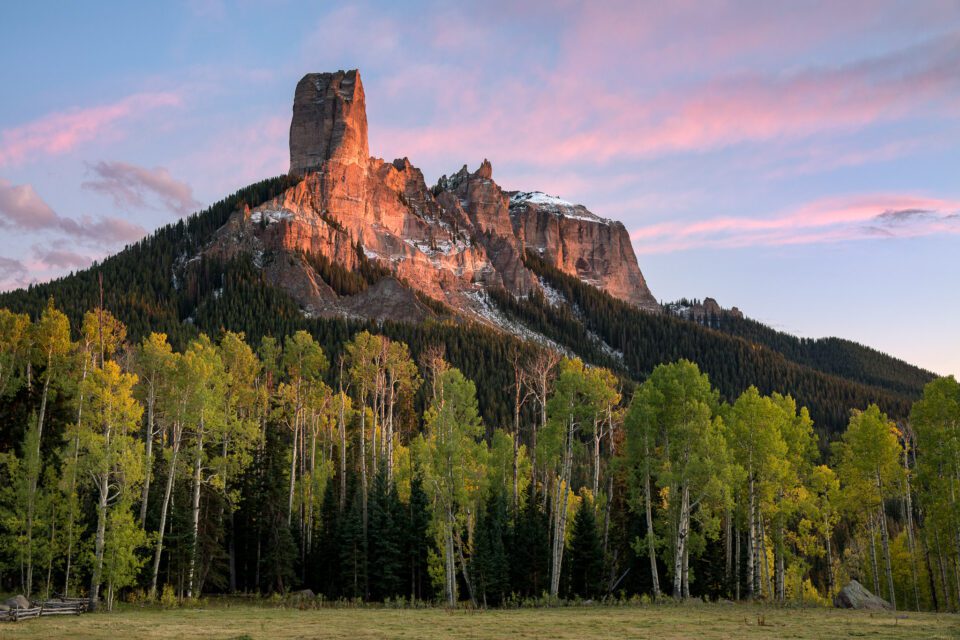
With the Nikon D850 announced in August of 2017, one would think that the camera would be obsolete by now. Well, that’s certainly not the case. The Nikon D850 is so good that even as of 2023, it still rivals or beats almost every new mirrorless camera that comes out. It took Nikon almost five years to surpass the Nikon D850 in features, and they only managed it with the Nikon Z9 mirrorless camera, which is $5500. (By comparison, the Nikon D850 is selling new for about $3000 and used for about $2000.)
To find out more about this camera, see my detailed Nikon D850 review.
2. Pentax K1 II
The second best DSLR camera in my experience is the Pentax K1 II. When I first tried out the original Pentax K1, I knew that Ricoh hit the high mark with the camera. Feature-wise, it ticked all the boxes and more – its 5-axis in-body image stabilization (IBIS), Pixel Shift that takes multiple images to create a single high-resolution image, as well as its Astrotracer feature that automatically compensates Earth’s rotation when taking images of stars proved that it was not just mirrorless cameras that delivered new and exciting technologies to cameras.
Although Ricoh only delivered very slight updates to the Pentax K1 II, mostly concentrating on existing features, it is still one of the most capable DSLRs on the market, offering a lot of value for its sub-$2K price tag. My only gripe with Pentax is the more limited lens selection compared to Nikon and Canon. That said, Pentax is the only camera manufacturer that is still prioritizing DSLRs today, rather than mirrorless cameras, so the future could be bright if you pick the K1-II or another Pentax DSLR.
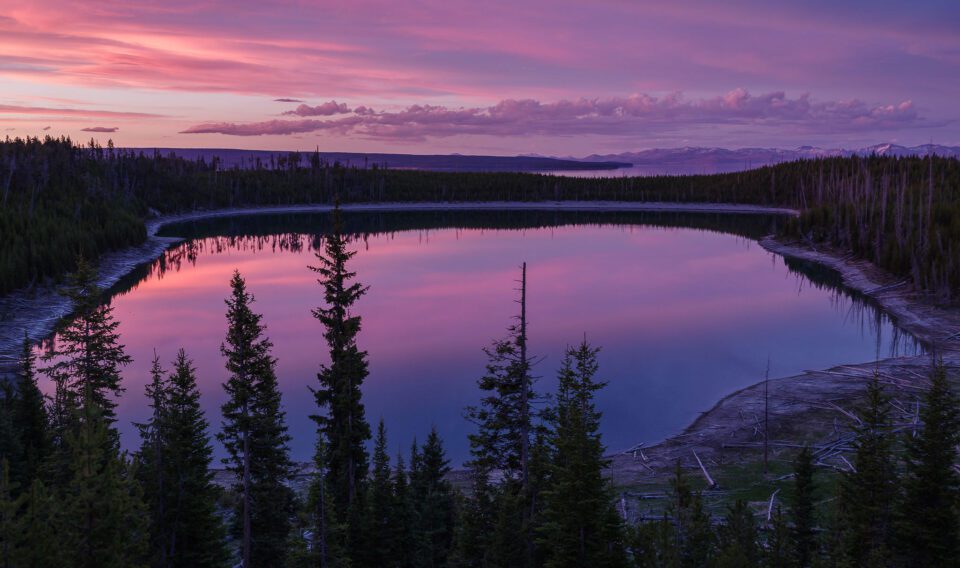
3. Canon 5D Mark IV
While some photographers might want to dismiss Canon DSLRs for having less dynamic range or fewer features when compared to other DSLRs on the market, most of them simply have never used Canon 5D-series cameras in the first place. Personally, I have shot with every Canon 5D-series DSLR since 5D Mark II and I have to say that I find these cameras to be top-notch, very comparable to their Nikon counterparts.
Sure, there might be differences in resolution and dynamic range in favor of Nikon, but at the end of the day, the success of a camera system is not determined by one or two such factors. Other qualities like lenses, ergonomics, and reliability matter just as much – and the Canon 5D Mark IV excels in all those areas.
With a 30.4MP sensor capable of yielding superb image quality (even at high ISO), an advanced 61-point AF system, 7 fps continuous shooting speed, 4K video recording, built-in WiFi / GPS, and superb Dual Pixel AF when using Live View, the Canon 5D Mark IV is a formidable tool for any level of photographer. Despite all the advancements we have seen with mirrorless cameras during the past few years, it is hard to find a camera that can focus as reliably when shooting video as the Canon 5D Mark IV (and other Canon cameras that have the same Dual Pixel AF feature). Canon simply nailed it there. The 5D Mark IV gets a well-deserved top 3 finish here.
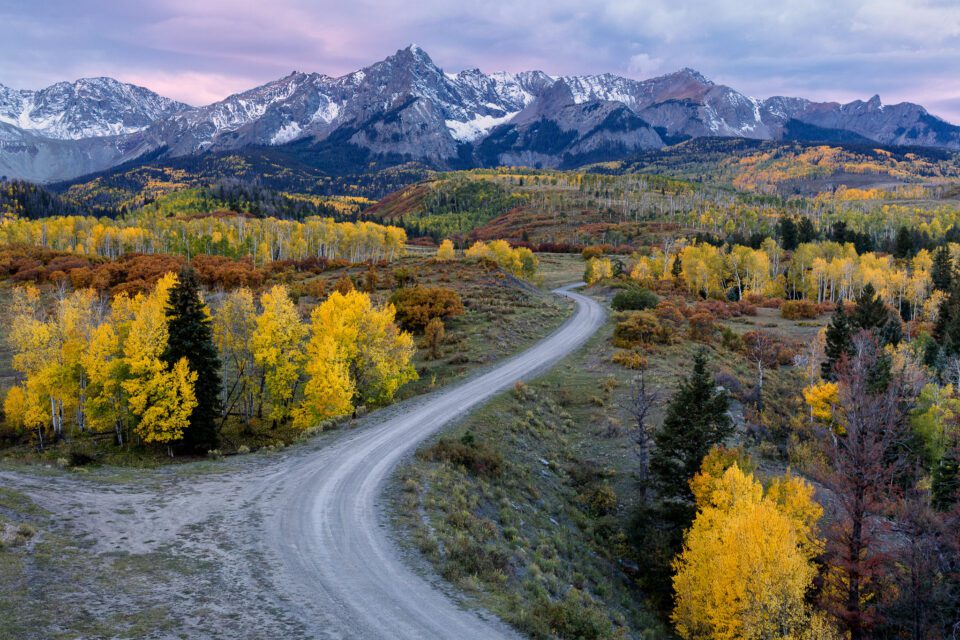
4. Canon 5DS R
After the Nikon and Sony started releasing cameras with 36 megapixels in the 2010s, many Canon shooters were quite unhappy about the fact that Canon did not offer a competing camera for landscape, macro, studio and product photography, where resolution is important.
In 2015, Canon’s response to this demand was the 5DS / 5DS R cameras that offered 50.6 MP resolution – more than any of the competitors at the time. Interestingly, even today in 2023, the Canon 5DS / 5DS R cameras still offer more resolution than almost any other full-frame camera on the market!
While the Canon 5DS / 5DS R might not have modern video features such as Dual Pixel AF or 4K video shooting, photographers who use this camera argue that it is not what the camera was designed for. Canon shooters who need lots of resolution continue to use the 5DS and 5DS R happily. There little reason to switch to a modern mirrorless camera when your DSLR already out-resolves it!
It is important to note that the only difference between the Canon 5DS and 5DS R is the low-pass filter. If you are not going to be taking pictures of tightly-patterned subjects (such as articles of clothing), I recommend going with the Canon 5DS R, as it will result in slightly more detailed images.
5. Nikon D780
If you don’t need 36+ MP of resolution and you want an excellent balance of features vs price, the Nikon D780 is one of the best cameras on this list. Don’t let the #5 ranking fool you! It easily could be top 3 if resolution isn’t your highest priority.
Combining the best of the DSLR and mirrorless world, the D780 strikes a great balance of features, sensor resolution, image quality, ergonomics, excellent autofocus system, and price among Nikon DSLRs. It’s one of the most modern cameras on this list and actually feels a lot like “a mirrorless camera with an optical viewfinder.” Autofocus is fast and accurate even in live view, and the D780 can capture almost any subject with ease.
Personally, I have always been a huge fan of Nikon’s mid-range options, such as the D750, D780, and the Z6 / Z6 II mirrorless variants. While previously I used to own a pair of D750s, I replaced them with the Z6 mirrorless camera when it was released, and I never looked back. If I had kept my DSLR lenses, though, I would have gone with the D780 instead.
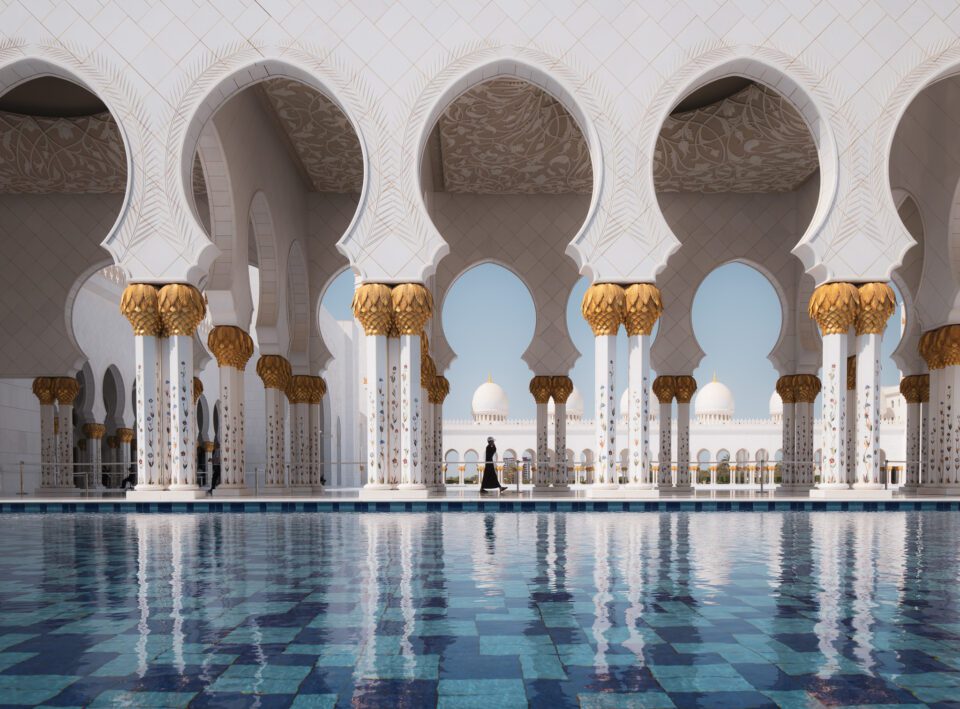
If you would like to find out more about the camera, please check out Spencer’s in-depth Nikon D780 review.
6. Nikon D810
Although the Nikon D810 has already been replaced by the D850, it is still an excellent DSLR choice for those who are content with slightly older features. After all, the sensor on the Nikon D810 remains one of the best on the market even in 2023. And it’s a real bargain on sites like eBay; the D810 is no longer sold new, but you can find it used under $800!
What makes the Nikon D810 so good is the image quality. It has almost everything a landscape photographer could want, including a base ISO of 64 that allows for exceptional dynamic range. After using the Nikon D810 for about five years before I eventually switched to mirrorless, I have to say that it is tough to find anything to complain about. I traveled with this camera all over the world, used it in all kinds of weather conditions – from sandy dunes to sub-zero temperatures at high elevations – and it has never failed me once.
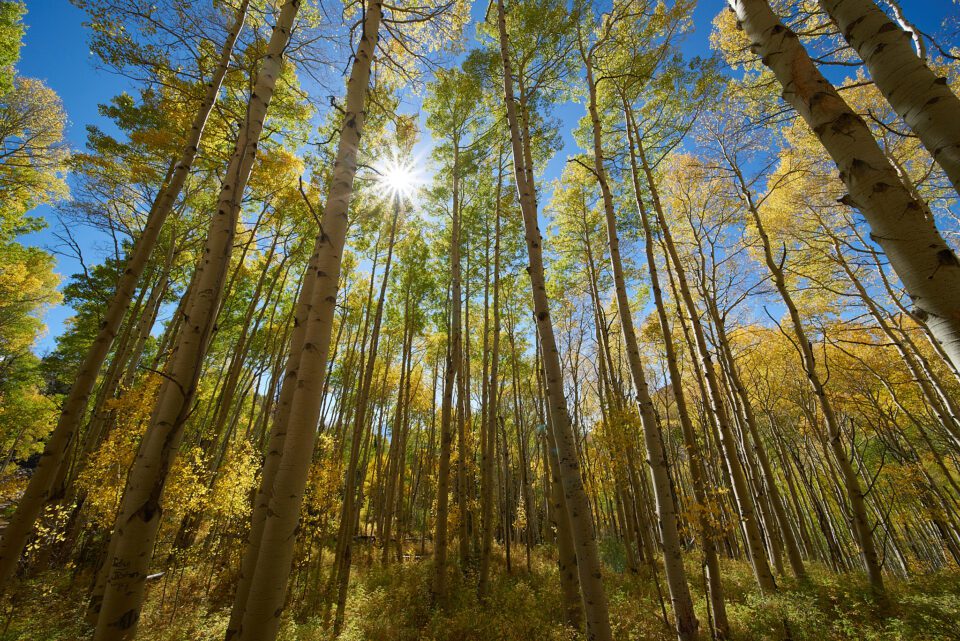
In fact, when the Nikon D850 was released, I asked myself if it was worth moving up to it. After weighing all the pros and cons, I decided to keep my D810 and keep shooting with it. And I don’t regret making that decision even for a second! The difference between 36 and 45 megapixels isn’t huge in practice, and you can put a lot of money toward good lenses if you go with the Nikon D850.
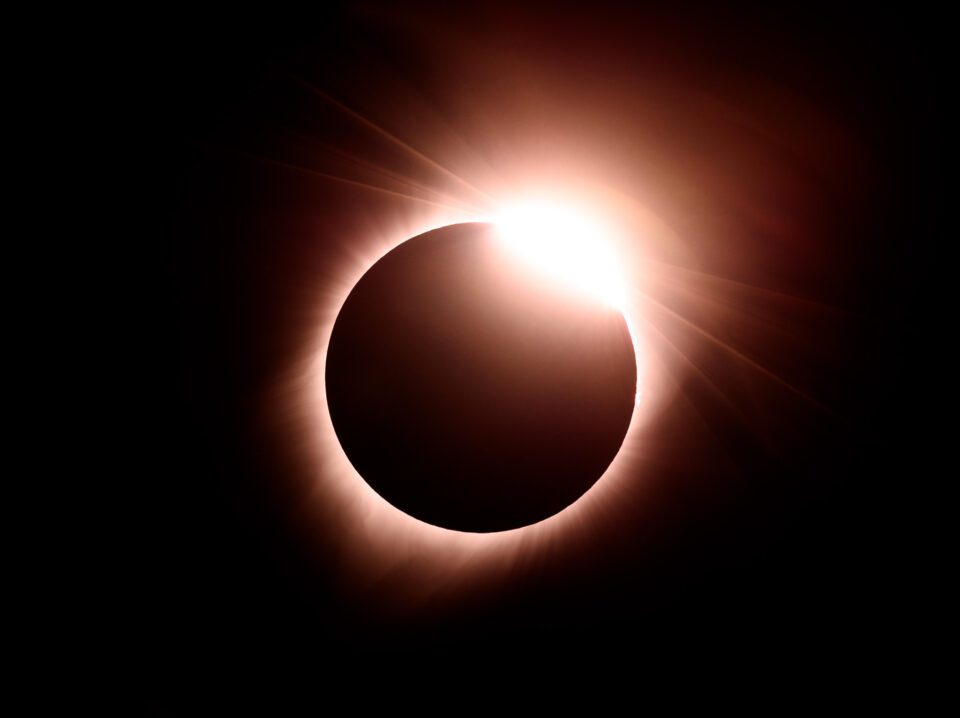
If you would like to find out more about the Nikon D810, as well as many more image samples, check out my in-depth Nikon D810 review.
7. Pentax K-3 Mark III
The Pentax K3 Mark III is the newest DSLR on this list, and it’s still actively supported because Ricoh is the only company sticking to DSLRs.
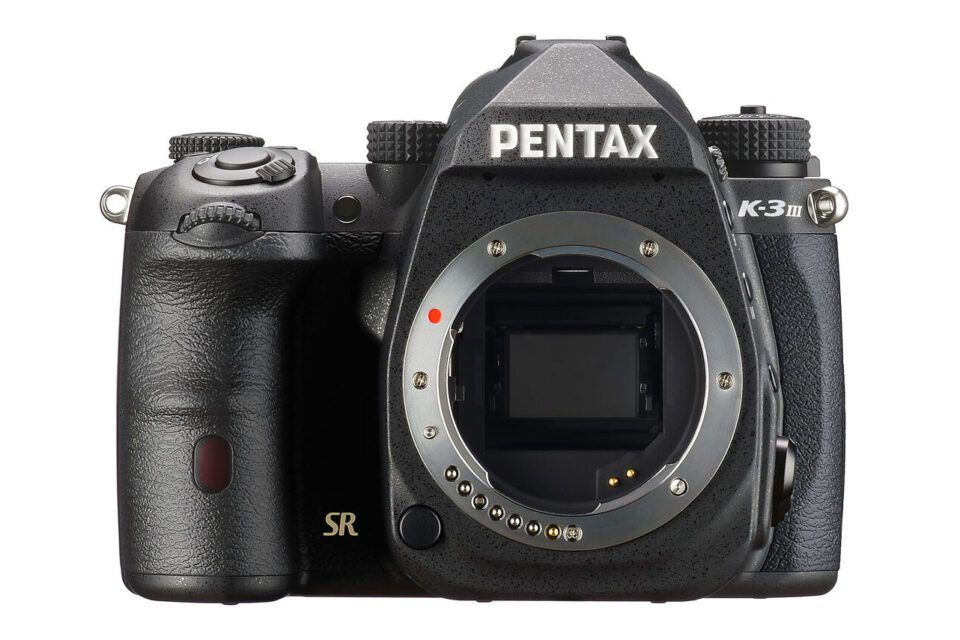
Although it’s a crop-sensor camera, the K-3 III has a beautiful, full-frame sized viewfinder and the most advanced autofocus of any Pentax camera. Moreover, unlike most of the DSLRs on this list, it is one of the easiest to find if you do not want a gray market or used model.
The K-3 III has a 101-point autofocus system and a 12-FPS burst rate. It can shoot 4K video and has a relatively high (for APS-C) 26 megapixel sensor.
Pentax’s lens lineup is arguably more limited than that of Nikon and Canon, but the fact that they’re still supporting their DSLRs is a seriously valuable point in their favor. If you aren’t tied to any particular brand, it would definitely be worth considering the K-3 III.
8. Nikon D500
Without a doubt, the Nikon D500 was one of the most anticipated camera releases in Nikon’s history. With so many sports and wildlife shooters wanting a fast APS-C camera with pro features and a pro-quality build, they kept bothering Nikon until the company finally made it happen, delivering everything they were asking for. The only “drawback” relative to the cameras higher on this list is that the D500 has a smaller APS-C (DX) crop sensor.
That said, the Nikon D500 remains one of the best sports and wildlife cameras on the market even in 2023. Thanks to its incredibly fast autofocus system with 153 points, fast continuous shooting speed of 10 fps, a huge buffer capable of fitting up to 200 RAW images, fast EXPEED 5 processor, accurate metering system, and excellent low-light performance (for a crop-sensor camera), the Nikon D500 is my top pick among APS-C DSLR cameras.
Add excellent Nikon ergonomics, a beautiful high-resolution LCD, 4K video shooting, and a beefy battery that allows shooting over 1200 shots on a single charge, and you can see why the Nikon D500 tops any other APS-C camera on the market for shooting any kind of action. It is a bit pricey with its $1900 MSRP price tag, but that’s what you pay to get a top-performing action camera. And used prices are pretty great today, too.
If you would like to find out more about the camera, please see John Lawson’s in-depth Nikon D500 review.
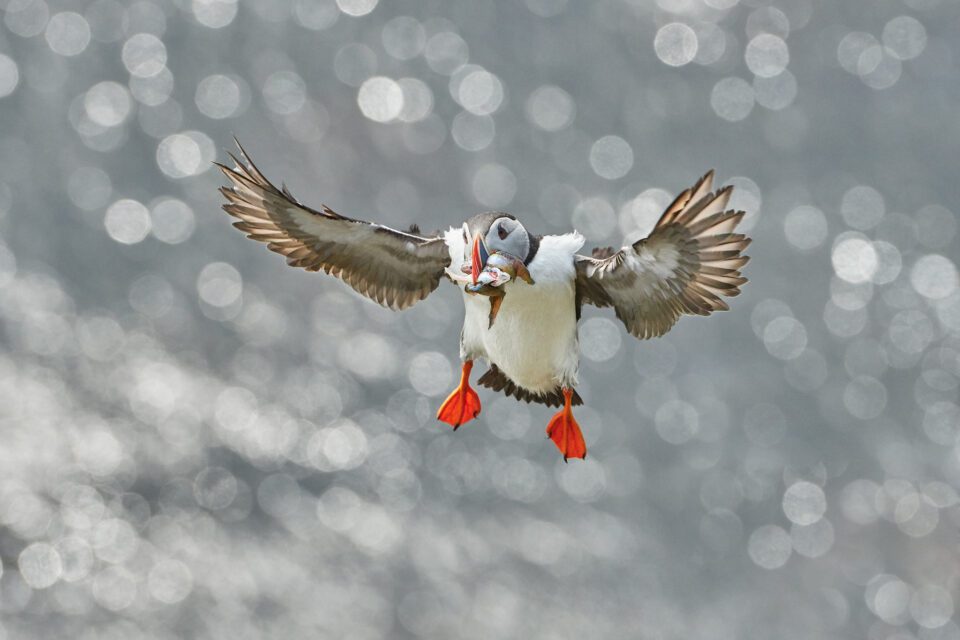
9. Nikon D7500
If the prices of the higher cameras on this list are too steep for your budget, you might want to take a close look at the Nikon D7500. Compared to the Nikon D500, the Nikon D7500 offers the same resolution sensor and the same EXPEED 5 processor, so you can expect to see very similar image quality. It has a large buffer and a good autofocus system, yet is hundreds of dollars cheaper than the D500.
While the Nikon D7500 is limited to 8 fps (vs 10 fps on the D500), has a relatively small buffer of 50 RAW images, a single SD memory card slot, older 51-point autofocus system, and an inferior overall build, it’s still a great camera. A lot of photographers would be better off getting the D7500 and putting the difference towards buying a high-quality lens instead.
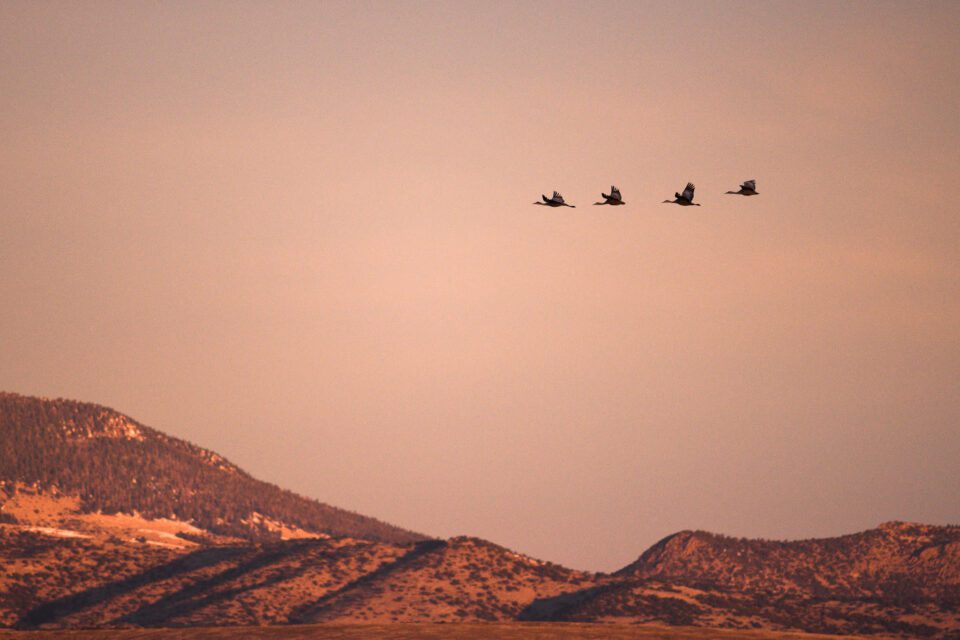
If you want to see a comparison of the D500 and D7500 in detail, please check out my Nikon D500 vs D7500 article. To find out more about the D7500, please see Spencer’s in-depth Nikon D7500 review.
10. Canon 6D Mark II
When the Canon 6D Mark II was released, many online critics dubbed it as one of the worst camera releases in Canon’s history. It didn’t seem to offer many modern features photographers and videographers were expecting to see – there isn’t even 4K video.
However, for many Canon 6D shooters out there who wanted to upgrade their cameras, the Canon 6D Mark II was a highly desired choice, thanks to more resolution (26.2 MP vs 20.2 MP), faster continuous shooting (6.5 fps vs 4.5 fps), much more capable autofocus system (45-point all-cross type AF vs 11-point AF with single cross-type sensor), fully articulating touch-enabled LCD, built-in GPS/WiFi/Bluetooth, and most importantly, Dual Pixel AF for very accurate face detection and tracking when shooting video.
In fact, the Dual Pixel AF on the Canon 6D Mark II turned out to be so good, that it made the camera a top favorite for many videographers on YouTube, who didn’t care about the lack of 4K. With its $1600 price tag at launch – and less expensive now on the used market – the Canon 6D Mark II offers a very good value for many Canon photographers and videographers. Likewise, I’d consider it if I were a Canon-based portrait photographer on a budget.
That said, it still lags behind other cameras (from Canon or otherwise) in features, which is why I decided to put it as #10 on my list of top DSLR cameras on the market.
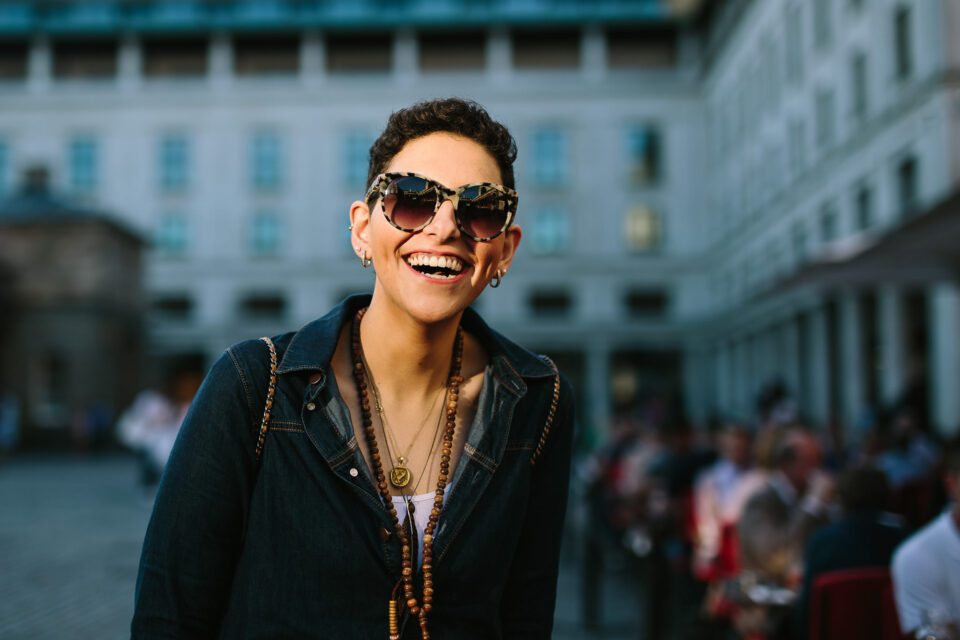
11. Canon 7D Mark II
Last, but not least, is the Canon 7D Mark II. While it has been a while since Canon updated its 7D line of high-speed, crop-sensor cameras, the 7D Mark II still remains an excellent choice for sports and wildlife photographers. It has a fast continuous shooting of 10 fps, excellent 65-point all cross-type AF system, great high ISO performance (for a crop-sensor camera), and superb ergonomics.
It would be great if Canon updated the camera with newer technology such as 4K video recording features, a larger buffer that can accommodate more than 31 RAW images, faster media type, an articulating high-resolution LCD touchscreen and superior battery life to make it competitive with the Nikon D500. However, it seems that if you want such features, you’ll probably need to go mirrorless rather than DSLR – like with the Canon EOS R7.
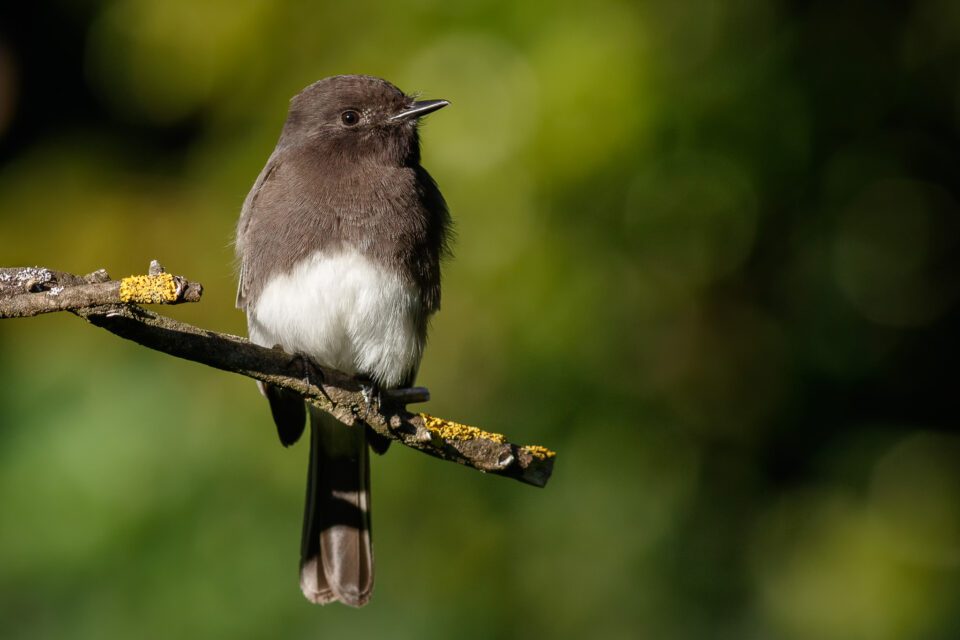
What About the Nikon D6 / Canon 1DX III / etc.?
You’ll notice that this list doesn’t have the highest-end, over-$6000 beasts of the Nikon D6, Canon 1DX III, and other cameras in those same lineups. The reason is simple: If you’re the type of photographer who needs one of these cameras, you already have one! They are way too specialized for normal photographers to need them. Rather than spending $6000 on something like a Nikon D6, why not just buy a Nikon D500 or D850 instead and put that money toward better glass? That would be the smarter move, unless you’re a professional sports photographer shooting the Olympics, in which case you – or more likely your agencies – already keep a half-dozen Nikon D6 cameras and Canon 1DX III cameras lying around.
By the way, if all of the cameras in this list seem on the expensive side, you may want to check out the guide that Spencer wrote to the best entry-level DSLR cameras today! Those are 10 totally different cameras, all of which are less expensive than anything in this article. And the good news is, they all still have high-quality sensors that can capture great photos. They only lag behind in other areas (like fast autofocus or modern features), but image quality isn’t the issue.
Let me know what you think about my list in the comments section below! I know that it’s subjective, but I hope that with my experience testing these cameras in the field, I gave you a good idea of the best DSLR cameras available today.


